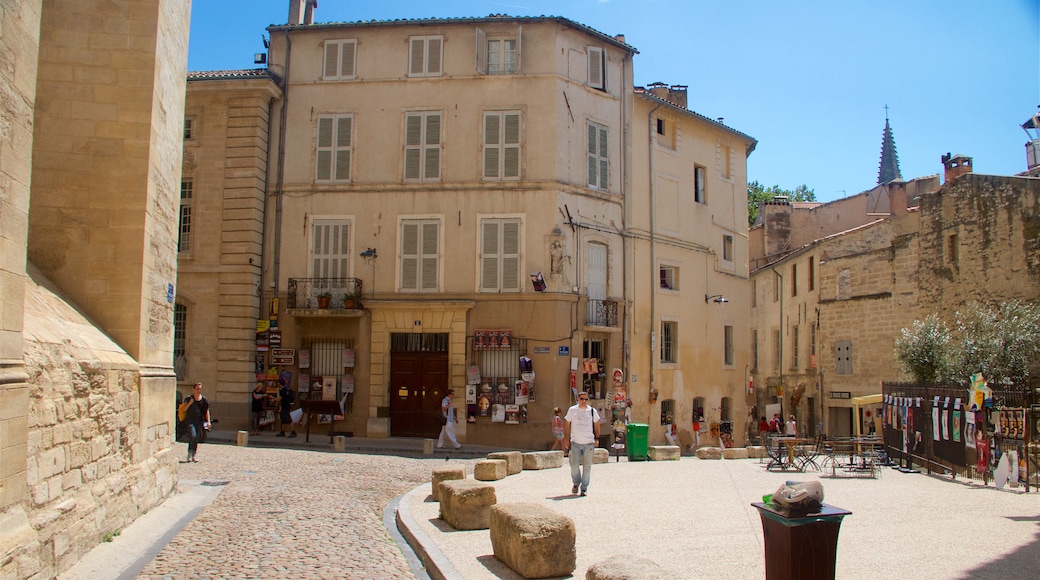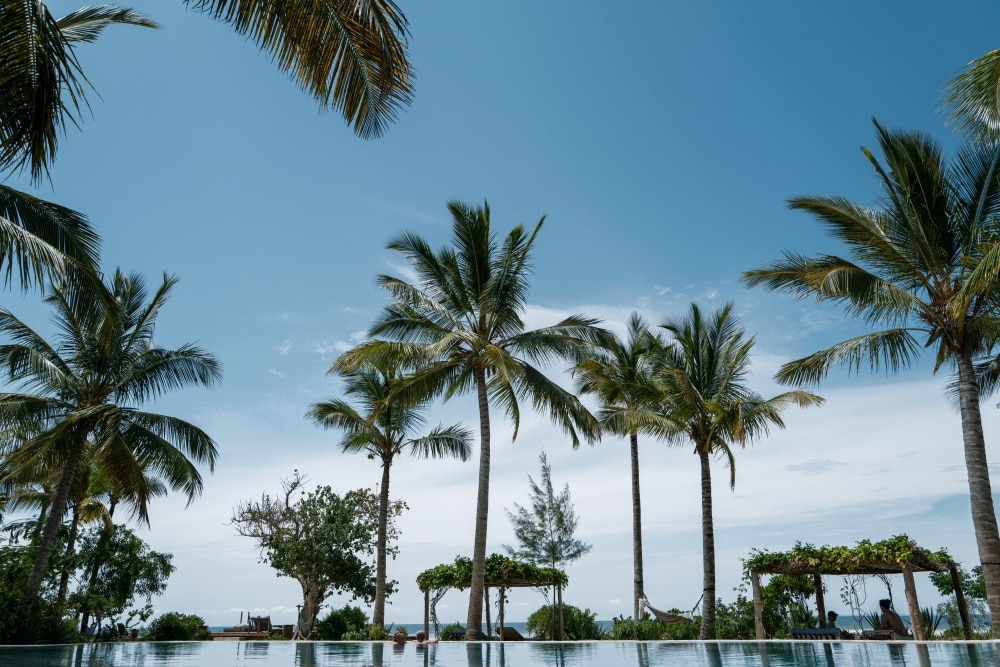Wander through the small towns of this charming region in the south of France to get to its world-renowned natural spring.
Vaucluse is an area of old-world relics, from castles and palaces to abbeys and fortified communes. Explore the department’s varied blend of terrain, from the western Rhône River and the southern Durance River to the mountains in the east. Spend time admiring the intriguing attractions, iconic bridge and monumental Palace of the PopesOpens in a new window in the well-known walled city of AvignonOpens in a new window.
The area’s name is derived from the Latin for “closed valley” (vallis clausa), referencing the cliffs surrounding the natural spring. The ancient city of Avignon at the western edge of the department. Walk around the city’s cobbled streets and admire the Palais des Papes (Palace of the Popes), one of the largest Gothic palaces in the world. During the 1300s, it functioned as the papal seat. Gaze up at the large towers and marvel at the exquisite frescos in its chapels.
Next to the palace is the renowned St. Bénézet BridgeOpens in a new window, also known as the Pont d’Avignon, which spans the Rhône River. Although the 12th-century structure once had 20 arches, only four survive. Listen and you may hear people singing the well-known French children’s song Sur le Pont d’Avignon, which refers to this bridge.
For a change of scenery from city life, head to the gorgeous village of Fontaine-de-Vaucluse. The village is famous for its powerful natural spring at the foot of the Vaucluse Mountains, the source of the Sorgue river. Enjoy a leisurely stroll along the river and up among the town’s castle ruins.
Stop at the pretty village of Gordes to see the 12th-century Sénanque Abbey, which sits on a serene plot of land. Come in summer to witness the nearby lavender field in full bloom.
Vaucluse is in the south of France, near MontpellierOpens in a new window, MarseilleOpens in a new window and NîmesOpens in a new window, all of which have international airports. Drive northeast from Nîmes for just under an hour to reach Avignon. This region has a Mediterranean climate, with hot and dry summers and mild winters.
The towns and villages of Vaucluse offer a slower pace of life typical of the south of France.





